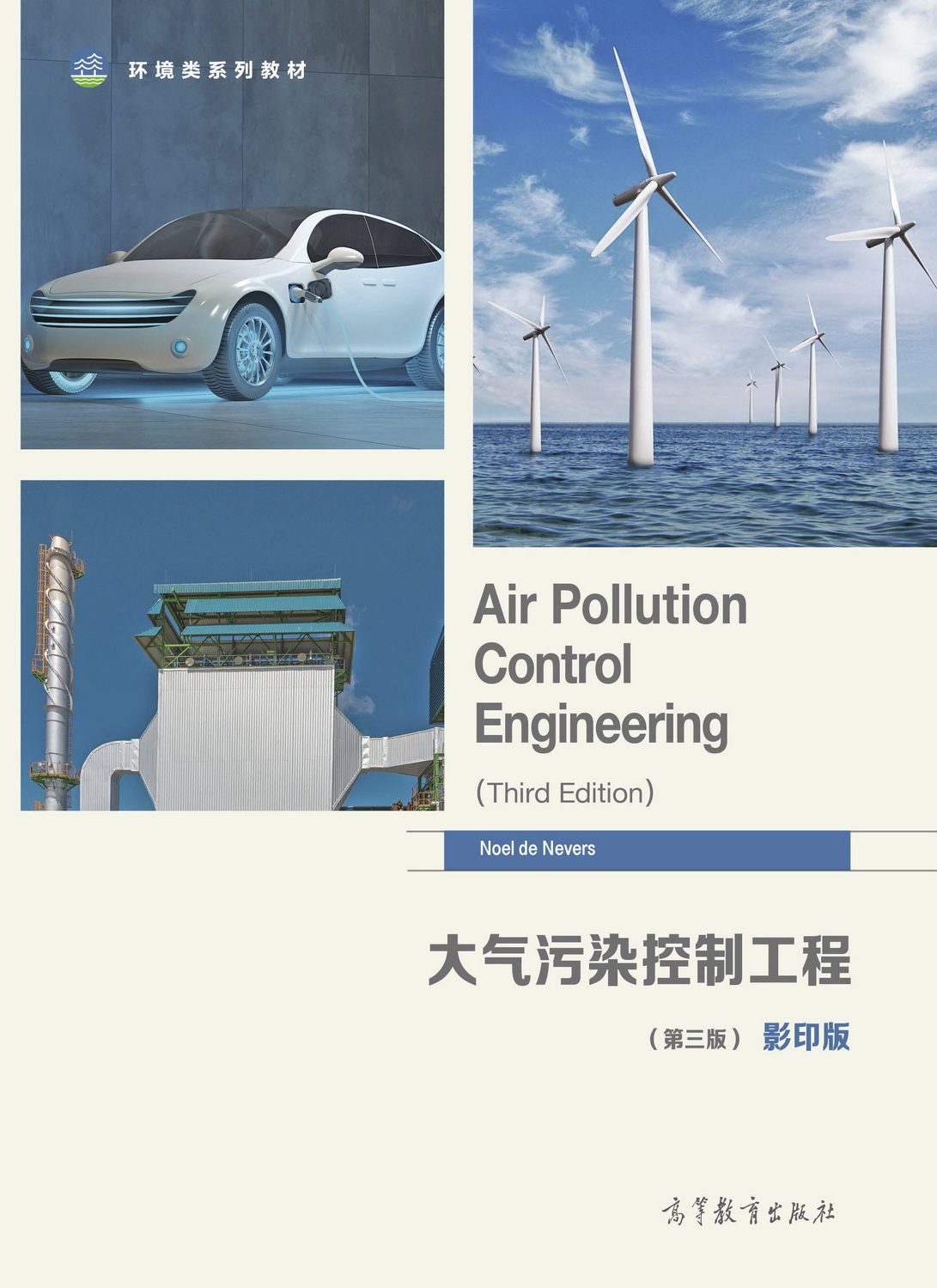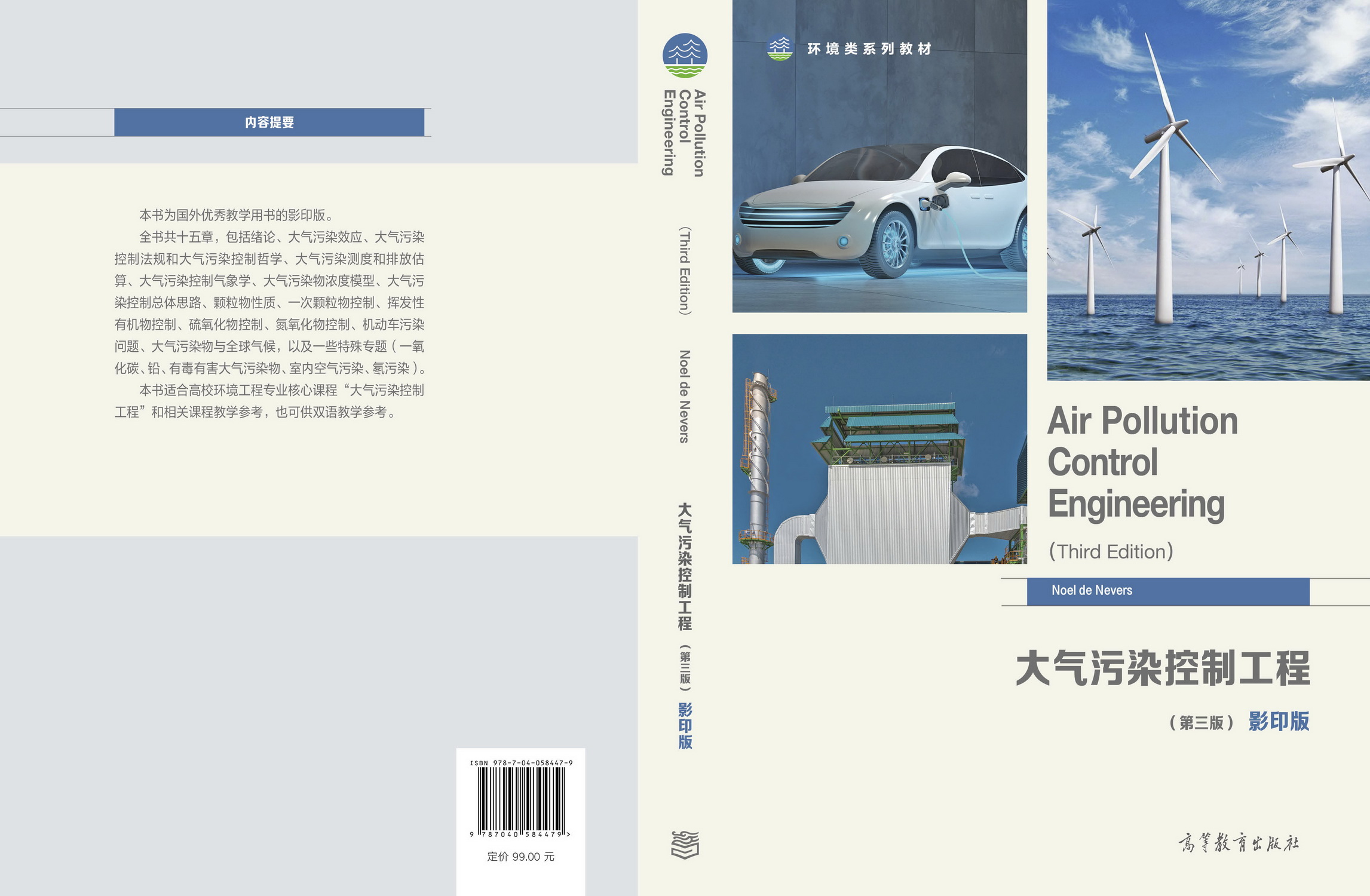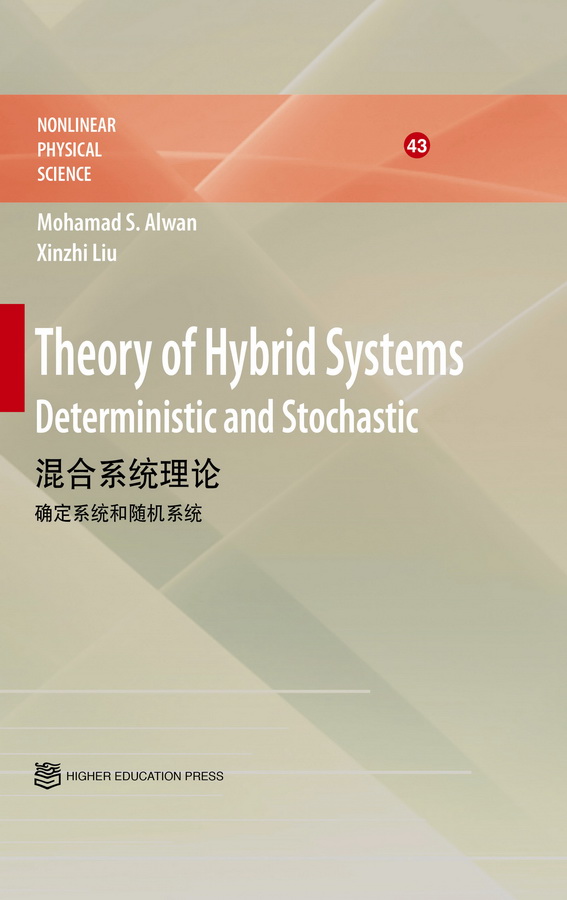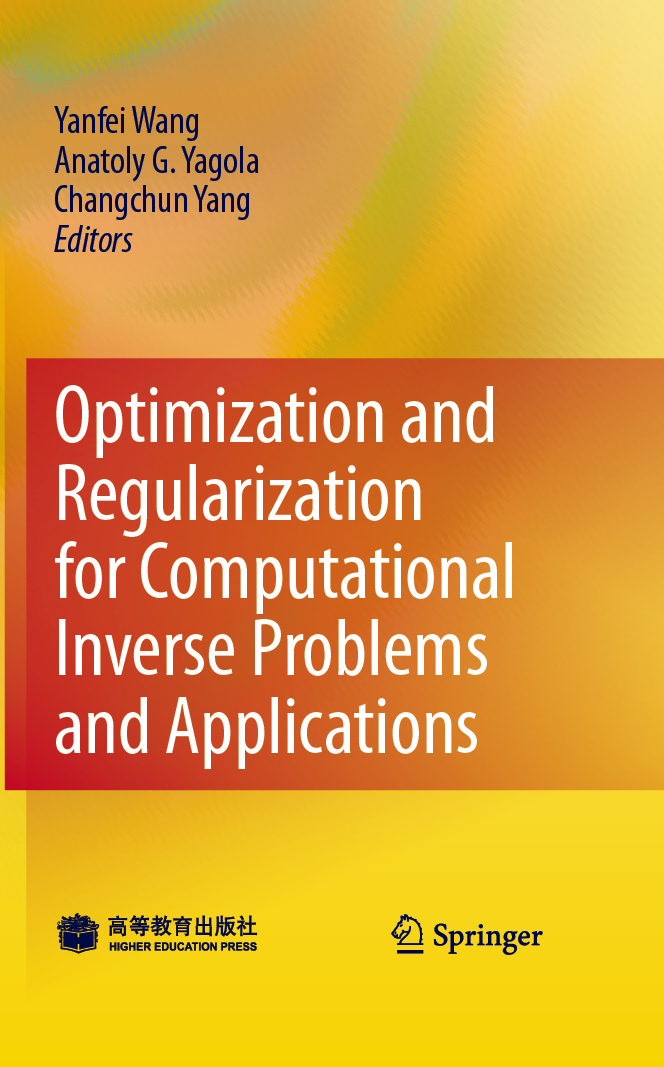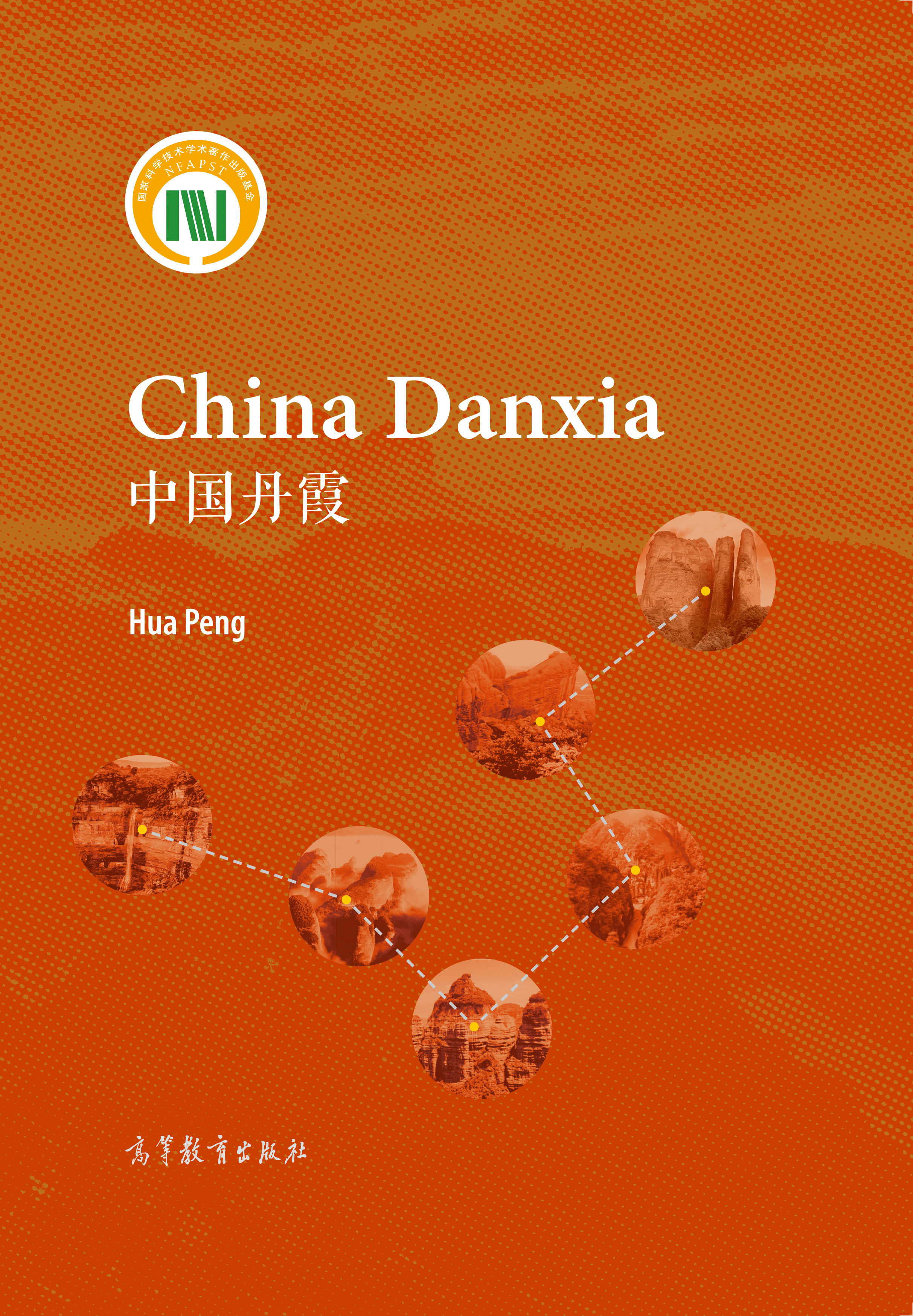大气污染控制工程(第三版)(影印版)
作者: 诺埃尔·德·内弗斯
出版时间:2022-07
出版社:高等教育出版社
- 高等教育出版社
- 9787040584479
- 3版
- 432033
- 47253501-2
- 平装
- 16开
- 2022-07
- 960
- 540
- 理学
- 大气科学
- 环境类
- 本科
前辅文
1 Introduction to Air Pollution Control
1.1 Some of the History of Air Pollution Control in the United States of America
1.2 Why the Sudden Rise in Interest in 1969 1970?
1.3 Dirty Air Removal or Emission Control?
1.4 One Problem or a Family of Problems?
1.5 Emissions, Transport, Receptors
1.6 Units and Standards JO
1.7 The Plan of This Book
1.8 Summary
2 Air Pollution Effects
2.1 Effects of Air Pollution on Human Health
2.1.1 Animal Experiments
2.1.2 Short-Term Exposure of Human Volunteers
2.1.3 Epidemiology
2.1.4 Regulations to Protect Human Health
2.2 Air Pollution Effects on Property
2.3 Air Pollution Effects on Visibility
2.4 Summary
3 Air Pollution Control Laws and Regulations, Air Pollution Control Philosophies
3.1 U.S. Air Pollution Laws and Regulations
3.2 Air Pollution Control Philosophies
3.3 The Four Philosophies
3.3.1 The Emission Standard Philosophy
3.3.2 The Air Quality Standard Philosophy
3.3.3 Emission Tax Philosophy
3.3.4 Cost-Benefit Philosophy
3.4 Changes and Adjustments
3.4.1 Air Quality Standards
3.4.2 Regional Problems
3.4.3 Emission Trading
3.4.4 Cap and Trade
3.5 Principal U.S. Air Pollution Laws
3.6 Summary
4 Air Pollution Measurements, Emission Estimates
4.1 A Representative Sample
4.2 Getting the Representative Sample to the Detector
4.3 Concentration Determination
4.4 Averaging
4.5 Standard Analytical Methods
4.6 Determining Pollutant Flow Rates
4.7 Isokinetic Sampling
4.8 Emission Factors
4.9 Visible Emissions
4.10 Summary
5 Meteorology for Air Pollution Control Engineers
5.1 The Atmosphere
5.2 Horizontal Atmospheric Motion
5.2.1 Equatorial Heating, Polar Cooling
5.2.2 The Effect of the Earth ’s Rotation
5.2.3 The Influence of the Ground and the Sea
5.3 Vertical Motion in the Atmosphere
5.3.1 Air Density Change with Temperature and Humidity
5.3.2 Air Density Change with Pressure
5.3.3 Atmospheric Stability
5.3.4 Mixing Height
5.3.5 Moisture
5.4 Winds
5.4.1 Velocities
5.4.2 Wind Direction
5.5 Temperature Inversions
5.6 Fumigations, Stagnations
5.7 Meeteorological Forecasts
5.8 Summary
6 Air Pollutant Concentration Models
6.1 Introduction
6.2 Fixed-Box Models
6.3 Diffusion Models
6.3.1 The Gaussian Plume Idea
6.3.2 Gaussian Plume Derivation
6.3.3 Some Modifications of the Basic Gaussian Plume Equation
6.4 Plume Rise
6.5 Long-Term Average Uses of Gaussian Plume Models
6.6 Pollutant Creation and Decay in the Atmosphere
6.7 Multiple Cell Multispecies Models
6.8 Receptor-Oriented and Source-Oriented Air Pollution Models
6.9 Other Topics
6.9.1 Building Wakes
6.9.2 Aerodynamic Downwash
6.9.3 Transport Distances
6.9.4 Initial Dispersion
6.9.5 EPA Recommended Models
6.10 Summary
7 General Ideas in Air Pollution Control
7.1 Alternatives
7.1.1 Improve Dispersion
7.1.2 Reduce Emissions by Process Change, Pollution Prevention
7.1.3 Use a Downstream Pollution Control Device
7 .2 Resource Recovery
7 .3 The Ultimate Fate of Pollutants
7.4 Designing Air Pollution Control Systems and Equipment
7.4.1 Air Pollution Control Equipment Costs
7 .5 Fluid Velocities in Air Pollution Control Equipment
7.6 Minimizing Volumetric Flow Rate and Pressure Drop
7.7 Efficiency, Penetration, Nines
7.8 Homogeneous and Nonhomogeneous Pollutants
7.9 Basing Calculations on Inert Flowrates
7.10 Combustion
7.10.1 What Burns?
7.10.2 Heat of Combustion
7.10.3 Explosive or Combustible Limits
7.10.4 Equilibrium in Combustion Reactions
7.10.5 Combustion Kinetics, Burning Rates
7.10.6 Mixing in Combustion Reactions
7.10.7 Flame Temperature
7.10.8 Combustion Time
7.10.9 The Volume and Composition of Combustion Products
7.11 Changing Volumetric Flow Rates
7.12 Acid Dew Point
7.13 Catalysts for Air Pollution Control
7.14 Summary
8 The Nature of Particulate Pollutants
8.1 Primary and Secondary Particulates
8.2 Settling Velocity and Drag Forces
8.2.1 Stokes’Law
8.2.2 Particles Too Large for Stokes’Law
8.2.3 Particles Too Small for Stokes’Law
8.2.4 Stokes Stopping Distance
8.2.5 Aerodynamic Particle Diameter
8.2.6 Diffusion of Particles
8.3 Particle Size Distribution Functions
8.3.1 A Very Simple Example:The Population of the United States
8.3.2 The Gaussian, or Normal Distribution
8.3.3 The Log-Normal Distribution
8.3.4 Distributions by Weight and by Number
8.4 Particles in Our Bodies
8.5 Secondary Fine Particles
8.6 Behavior of Particles in the Atmosphere
8.7 Summary
9 Control of Primary Particulates
9.1 Wall Collection Devices
9.1.1 Gravity Settlers
9.1.2 Centrifugal Separators
9.1.3 Electrostatic Precipitators (ESP)
9.2 Dividing Collection Devices
9.2.1 Surface Filters
9.2.2 Depth Filters
9.2.3 Filter Meedia
9.2.4 Scrubbers for Particulate Control
9.3 Choosing a Collector
9.4 Summary
10 Control of Volatile Organic Compounds (VOCs)
10.1 Vapor Pressure, Equilibrium Vapor Content, Evaporation
10.2 VOCs
10.3 Control by Prevention
10.3.1 Substitution
10.3.2 Process Modification
10.3.3 Leakage Control
10.4 Control by Concentration and Recovery
10.4.1 Condensation
10.4.2 Adsorption
10.4.3 Absorption (Scrubbing)
10.5 Control by Oxidation
10.5.1 Combustion (Incineration)
10.5.2 Biological Oxidation (Bio削tration)
10.6 The Mobile Source Problem
10.7 Choosing a Control Technology
10.8 Summary
11 Control of Sulfur Oxides
11.1 The Elementary Oxidation-Reduction Chemistry of Sulfur and Nitrogen
11.2 An Overview of the Sulfur Problem
11.3 The Removal of Reduced Sulfur Compounds from Petroleum and Natural Gas Streams
11.3.1 The Uses and Limitations of Absorbers and Strippers for Air Pollution Control
11.3.2 Sulfur Removal from Hydrocarbons
11.4 Removal of S02 from Rich Waste Gases
11.5 Removal of S02 from Lean Waste Gases
11.5.1 Some History of FGD
11.5.2 Limestone Scrubbers with Forced Oxidation
11.5.3 Other Approaches
11.6 Future S02 Control Technologies
11.6.1 Don ’t Burn at All
11.7 Summary
12 Control of Nitrogen Oxides
12.1 An Overview of the Nitrogen Oxides Problem
12.1.1 Comparison with Sulfur Oxides
12.1.2 Reactions in the Atmosphere
12.1.3 NO and N02 Equilibrium
12.1.4 Thermal, Prompt, and Fuel NOx
12.2 Thermal NO
12.2.1 The Zeldovich Kinetics of Thermal NO Formation
12.2.2 Heating and Cooling Times
12.3 Prompt NO
12.4 Fuel NO
12.5 Noncombustion Sources of Nitrogen Oxides
12.6 Control of Nitrogen Oxide Emissions
12.6.1 Nitrogen Oxide Control by Combustion Modification
12.6.2 Nitrogen Oxide Control by Postflame Treatment
12.7 Units and Standards in NOx Control
12.8 Summary
13 The Motor Vehicle Problem
13.1 An Overview of the Problem of Air Pollution from Motor Vehicles
13.1.1 Emissions
13.1.2 The Regulatory History of Motor Vehicle Air Pollution Control
13.2 T he Internal Combustion (IC) Engine
13.2.1 The Four-Stroke IC Gasoline Engine
13.2.2 Pollutant Formation
13.3 Crankcase and Evaporative Emissions
13.4 Tailpipe Emissions
13.4.1 Catalytically Treat the Combustion Products
13.4.2 Change the Fuel to Reduce Emissions
13.4.3 Computer Control
13.4.4 Lean Burn
13.5 Tampering and Emission Testing
13.6 Storage and Transfer Emissions
13.7 Alternative Power Plants
13.7.1 Diesel Engines
13.7.2 Gasoline-Powered Two-Stroke Engines
13.7.3 Gas Turbine Engines
13.7.4 Electric Vehicles
13.7.5 Hybrid Vehicles
13.7.6 Other Options
13.8 Reducing Our Dependence on Motor Vehicles
13.9 Summary
14 Air Pollutants and Global Climate
14.1 Global Warming/Climate Change
14.1.1 Radiative Forcing
14.1.2 Carbon Dioxide
14.1.3 Other Greenhouse Gases, Aerosols
14.2 Stratospheric Ozone Depletion and Chlorofluorocarbons
14.3 Acid Rain
14.4 T he Current Situation
14.4.1 What Can We Do?
14.4.2 Carbon Capture and Storage (CCS)
14.4.3 Adapt or Geoengineer?
14.5 Summary
15 Other Topics
15.1 Carbon Monoxide (CO)
15.2 Lead
15.3 Hazardous Air Pollutants , HAP, (Air Toxics)
15.3.1 Mercury
15.4 Indoor Air Pollution
15.4.1 Indoor and Outdoor Concentrations
15.4.2 Models
15.4.3 Control of Indoor Air Quality
15.5 The Radon Problem
15.6 Summary
Appendixes
A Useful Values
A.1 Values of the Universal Gas Constant
A.2 Vapor Pressure Equations
B Table of Acronyms
C Fuels
C.1 Where Fuels Come From, How They Burn
C.2 Natural Gas
C.3 Liquid Petroleum Gas, Propane, and Butane
C.4 Liquid Fuels
C.S Solid Fuels
C.6 Comparing Fuel Prices and Emissions
C.7 Coal and Environmental Politics
D Elementary Chemistry of Ozone Production
E Adsorber Breakthrough Time
F Answers to Selected Problems
Index

